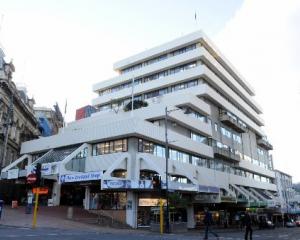
About 80 people descended on Omarama Station last week for the annual Upper Waitaki water zone committee hangi, which celebrates ecological work done by the community.
Station owner and committee member Richard Subtil said it started more than 20 years ago when he and his wife Annabelle worked with late rūnanga representative John Wilkie to begin a relocation programme for the native longfin eel, which lived in the area.
The eels needed to go out to sea to breed, but since the construction of Benmore Dam, the fish could not reach the ocean.
The three local rūnanga, Te Rūnanga o Arowhenua, Te Rūnanga o Moeraki and Te Rūnanga o Waihao, monitored the eels and brought them over the dam so they could breed.
They had some eels which were about 20 years old.
The annual hangi started as a casual celebration of the eels, the area’s water and the work they had done, he said.
Now it was an official event of the zone committee, a joint committee of the Mackenzie District Council, Waitaki District Council and Environment Canterbury.
Representatives from Environment Canterbury, the Department of Conservation, community catchment group Wai Connection and EOS Ecology attended.
Omarama School has been invited to the hangi for about eight years.
Pupils performed a waiata before being first in line for the food, which included kumara, potatoes, pumpkin, cabbage, chicken, muttonbird, stuffing and salmon.
The hangi was led and blessed by Michael McMillan, of Te Rūnanga o Arowhenua.
Mr McMillan said they started about 5.30am with a fire built up to shoulder height, then let the food cook for about four hours.
Some of the children arrived at 8.30am to help prepare the food, which was in the ground and sealed by 9am.
The food would traditionally be heated with volcanic rock, but he used railway sleepers, which did the job, he said.
Not all the ingredients were traditional for a hangi, but they were all local, including the fruit used for the stuffing, and it was wrapped in the customary bull kelp.
The pupils were taught flax weaving and were able to look at invertebrates from samples from local water sources.
The gathering followed the monthly Upper Waitaki water zone committee meeting.












